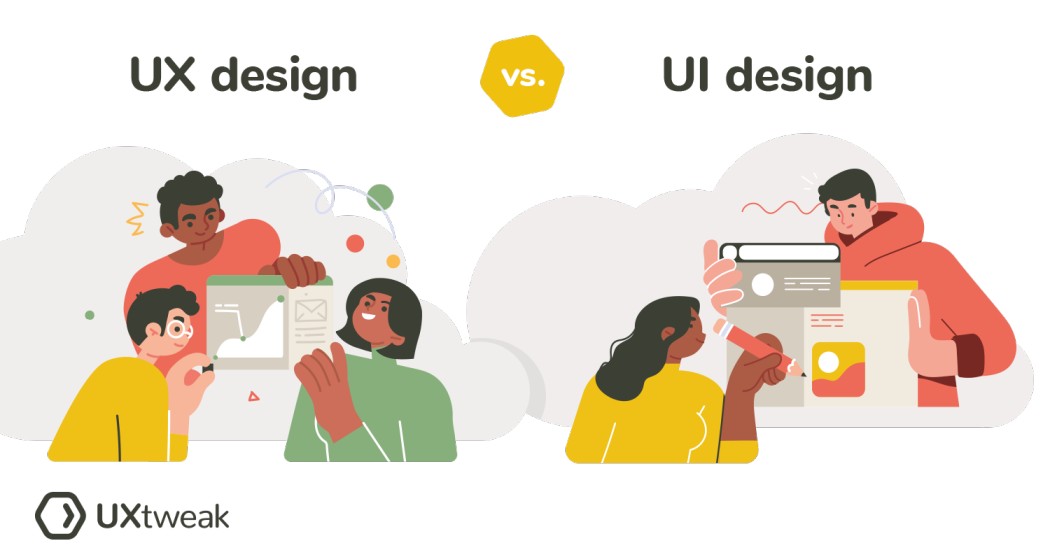What does a user interface do?
- A user interface serves as the medium through which users interact with a digital product. It enables interaction, communication, visual representation, guidance, feedback, and contributes to the overall user experience.
- A well-crafted UI plays a crucial role in facilitating seamless and intuitive user interactions, ultimately leading to enhanced user satisfaction and product success.
What do user interface designers do?
- Research: UI designers conduct UX research to understand the target audience, their goals and preferences. This research helps inform the design process and ensures that the interface meets the needs of users.
- Structural modeling and prototyping: UI designers create wireframes to establish the overall hierarchy of information and user flows. They also develop interactive prototypes to demonstrate the functionality and user experience of the interface.
- Visual Design: They create a visually appealing design that is consistent with the product’s brand identity and evokes the desired emotion or perception of the user.
- Interaction design: UI designers define the interactive elements of the interface, such as buttons, menus, forms, and navigation elements. They ensure that these elements are intuitive and provide clear feedback to users as they interact with them.
- Usability testing: UI designers can participate in usability testing sessions to gather feedback and ideas from users about the interface. They use this feedback to identify areas for improvement and refine the design to increase usability and user satisfaction.
What makes a good user interface?
- Simplicity: The interface should present information in a straightforward and organized manner, allowing users to quickly understand its purpose and navigate without confusion.
- Consistency: Elements such as typography, color schemes, icons, and interaction patterns should be consistent across the interface to create a sense of familiarity and predictability.
- Responsiveness: Responsiveness helps users understand the outcome of their interaction and ensures that they feel in control of the interface. Visual feedback, such as button animations or loading indicators, lets users know that their actions are being processed.
- Readability: Ensuring readability is crucial for effective communication and preventing user frustration.
- Visual hierarchy: A well-designed interface establishes a clear visual hierarchy that directs users’ attention and prioritizes the most important elements. Visual cues such as size, color, contrast, and positioning are used to distinguish between different elements and highlight the most relevant information.
- Accessibility: A good interface is accessible to a wide range of users, including people with disabilities or impairments. It complies with accessibility guidelines and standards, ensuring that users can perceive, understand, and interact with the interface using assistive technology or alternative methods.
FAQ
UX design focuses on the overall user experience, including research, problem solving, and usability, while UI design is primarily concerned with the visual representation and design of user interface interaction.
A constrained user interface refers to a design approach that intentionally limits the available options or actions within an interface. It restricts user interactions to a set of predetermined choices or pathways, reducing the complexity and potential for user errors.





